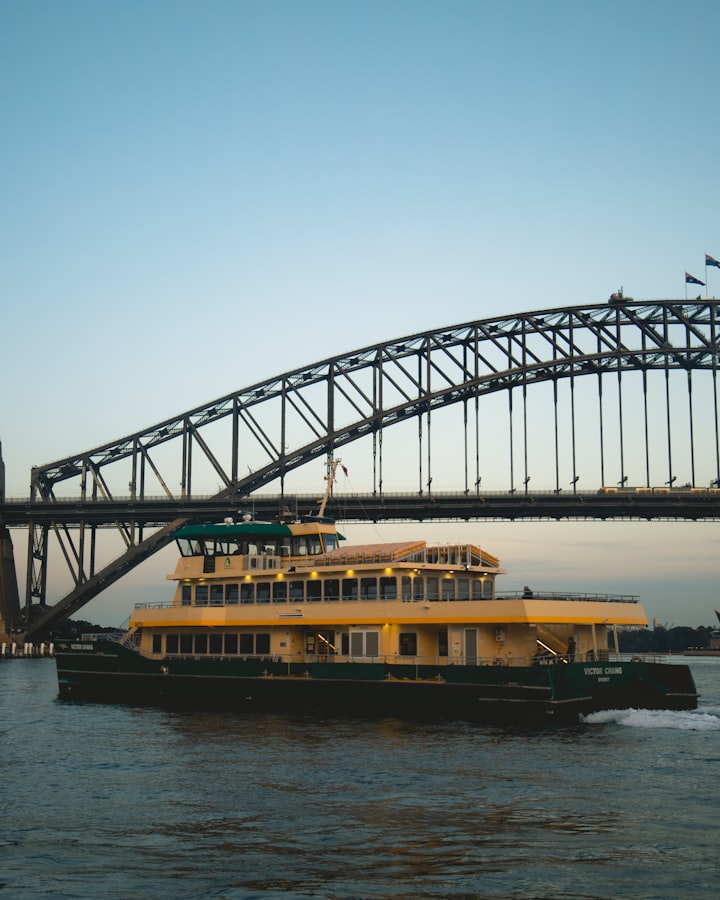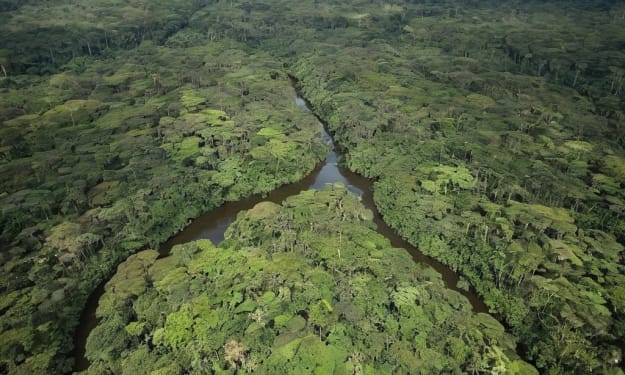
The Founder Of The Arya Cakravartti Dynasty
By the Thirteenth Century, an Independent Tamil Kingdom was once again established in (Ilankai) Sri Lanka. It was the most significant period in the History of Jaffna. The Arya Cakravartti a Chief Dignitary from the Pandya Kingdom assumed power and authority in the reign of Maravarman Kulasekhara in Northern Sri Lanka. A kinsman of this dignitary, from Cakravartti Nallur in Cevvirukkai Nadu was the founder of the Arya Cakravartti Dynasty. Cinkai Ariyan was a descendant of a Brahmin General who had mastered the four Vedas and belonged to the Kasyapa Gotra. The Pandya inscriptions too, show that the Arya Cakravarttis of Cevvirukkai Nadu from where the Kings of Jaffna traced their descent had earned great honour and distinction in military service under the Pandyas. Cakravartti Nallur in Cevvirukkai Nadu was the ancestral home of the Arya Cakravartti, Kings of Jaffna, and it is located in the coastal region of the present Ramnad district.
Cankili (II) Cekaracacekaran (1616-1620)
Ilavarasan Cankili Kumaran was the elder twin son of Ilavarasan Gago Pandaram and Ilavarasi (first name unknown), daughter of King Arya Cakravartti Puvi Raja Pandaram Pararacacekaran. Cankili Kumaran was very handsome and had a courageous personality. He was the grandsons of King Periya Pillai Cekaracacekaran (1570-1582) and King Puvi Raja Pandaram Pararacacekaran (1561-1565 & 1582-1591) and he was also the great-grandson of King Cankili Raja (I) Cekaracacekaran (1519-1565).
Ilavarasan Arasakesari Pandaram, served as Prince Regent for his nephew Dom Constantino, who had not yet reached the age of three years and he remained heir to the throne. But this prosperity lasted only for a short time. It was not long before a conspiracy led to assassination of the Prince Regent. In 1616, Cankili Kumaran ordered his confederates to enter the Royal Palace and to kill the Prince Regent Arasakesari Pandaram, his Uncle, and those who were with him. Cankili Kumaran forthwith ordered the Princes to be killed and he usurped the throne of his cousin Dom Constantino. Ilavarasan Cankili (II) reigned from 1616 to 1619, under the throne name of Cekaracacekaran.
During the reign of Cankili (II) Cekaracacekaran, there was disquiet in the regime. King Cinkai Arya Cakravartti Ethirmanna Cinkam Pararacacekaran died in April 1617, leaving his young son Dom Constantino as his heir. The setting up of a regency to administer the Kingdom on behalf of the deceased ruler's young son led to the emergence of three factions seeking to influence or control the exercise of power the legitimists, who rallied round the heir and his lawful guardian, a party of Christian Mudaliyars, planning for a Portuguese takeover of the Kingdom and a party favouring Cankili (II) Cekaracacekaran, a nephew of the deceased ruler. In the tripartite struggle for power, Cankili (II) Cekaracacekaran, eventually won control of the Kingdom and thereafter he ruled the Kingdom of Jaffna with full power and authority.
It was in 1619 that the Portuguese made their move to conquer Jaffna under Filipe de Oliveira. King Cinkai Arya Cakravartti Cankili (II) Cekaracacekaran was the last reigning Monarch of Jaffna. Cankili (II) Cekaracacekaran was a brave and fearless ruler who had fought against the Portuguese till the very end. In June 1619, King Cankili (II) Cekaracacekaran was captured by the Portuguese and the Captain-Major Filipe de Oliveira ordered Cankili (II) Cekaracacekaran to be imprisoned in Nallur. Afterwards Cankili (II) Cekaracacekaran and his wife were dispatched to Colombo. Later Cankili (II) Cekaracacekaran and his wife was sent to Goa by Captain General Dom Constantino de Sa de Noronha (1618-1620) and at that time the governor was Fernao de Albuquerque (Twenty first Governor 1619-1622).
In Goa, King Cankili (II) Cekaracacekaran was brought to trial by a High Court for treason and found guilty and he was sentenced to be beheaded. During the time of his imprisonment he was constantly visited by the Fathers of the convent of St. Francis in Goa. King Cankili (II) Cekaracacekaran said that he wished to be a Christian. They were robed for the occasion according to their status. The same Fathers baptized King Cankili (II) Cekaracacekaran under the name Dom Filipe and they also baptized his Queen under the name of Dona Margarida of Austria, and the Archbishop Dom Frey Christouao de Lisboa, was their godfather. They were baptized in the presence of the great dignitaries of the Catholic Church with all regal pomp.
King Cinkai Arya Cakravartti Cankili (II) Cekaracacekaran was executed in 1621. According to Fr. Fernao de Queyroz, A theatre was prepared in the courtyard of the Custom house draped in mourning; on it a carpet with a cushion of red velvet; whither he came accompanied by many Religious of St. Francis who helped him to die well. He did not consent to have his hands tied, saying that it was not necessary because he died for his faults with great pleasure and as he uttered the "sweet name of Jesus" his head was cut off. After his death he was dressed in the habit of St. Francis as he had asked when living and being carried by the same Religious in procession, he was buried in their Chapter-hall. His queen retired into the house of Converts where she lived an exemplary Christian life.
King Cankili (II) Cekaracacekaran had many wives. Cankili (II) Cekaracacekaran and his wife Devi Nachchiyar (their Baptismal names, Dom Filipe and Dona Margarida of Austria), had a son named Pararasa Pandaram (a.k.a. Peter), and his son Veera Bahu (a.k.a. Vincent), had a son Thillaiampalam, and his son Karthigesu Pandaram, had a son Puviraja Pandaram, who in return had a son Gurunathar, whose son was Dr. Vedanayagam Mudali.
Dr. Vedanayagam Mudali
Dr. Vedanayagam Mudali, born in Manipay, Jaffna, was the son of Gurunathar and grandson of Puviraja Pandaram. He took pride in his ancestry. Vedanayagam Mudali received his earliest education at home under the direct supervision of his parents and later he pursued his further studies at St. John’s College in Jaffna, which is one of the oldest and prestigious private educational institutions in Sri Lanka, founded in 1823 by the British Anglican missionaries (CMS). Vedanayagam Mudali although born into a Hindu family, he embraced Christianity (a.k.a. George). Also, at that time all Christian schools in Jaffna were in practice of giving Christian names to all their students.
Vedanayagam Mudali followed the traditions and customs of his ancestors, and he was a brilliant student and an ardent sportsman. He also enjoyed luxury lifestyle. After completing his education in Jaffna, he pursed his studies in the medical filed. Later Vedanayagam Mudali proceeded to England, where he completed the medical examinations and succeeded in qualifying as a doctor.
After returning to Manipay, Jaffna, Dr. Vedanayagam Mudali practised as a surgeon in Jaffna. A few years later he took up residence in Chundikuli. He was revered and renowned doctor of the town. Dr. Vedanayagam Mudali married a lady from Chundikuli. Her father belonged to the Jaffna Chetty community, he hailed from a highly respected and wealthy family in Chundikuli, Jaffna. After marriage the couple moved to Manipay and they had a son named Vedanayagam Thambiah Mudali. The Name “Vedanayagam”, was used for three consecutive generations.
The title “Mudali” was an ancient title, which was first conferred on Prince Paranirupasinghan and to his son Pararajasinghan. The title Mudali thereafter continued to be bestowed on the male line descendants of Paranirupasinghan Mudali and Pararajasinghan Mudali.
After the Kingdom of Jaffna was conquered by the Portuguese, the authorities ordered that the Royal Title of “King” must no longer be attached to the names of members of the Royal Family and to be used instead the Title of “Mudali” and the male members of the clan carried as a suffix to their name. The title “Mudali” discontinued gradually over the generations.
Vedanayagam Thambiah Mudali
Vedanayagam Thambiah Mudali, son of Dr. Vedanayagam Mudali, was born in Manipay, Jaffna. He belonged to the Arya Cakravartti Dynasty and was proud of his ancient lineage. Vedanayagam Thambiah Mudali was brought up under the strict guidance of his father. He was well educated and was a Chief Postmaster at Manipay in Jaffna. Vedanayagam Thambiah Mudali had a son named Thambiah Cadiravel Mudali and a daughter named Chellammah Nachchiyar. Vedanayagam Thambiah Mudali was Raja Remigius Kanagarajah’s maternal great-great grandfather. Vedanayagam Thambiah Mudali had inherited the properties from his ancestors in Jaffna and Pundaluoya. The answer to how Vedanayagam Thambiah Mudali came to own so much lands in Pundaluoya, is that his great-great-grandfather Veera Bahu (aka Vincent), the grandson of Cinkai Arya Cakravartti Cankili (II) Cekaracacekaran (1616-1620) lived in Pundaluoya because he was in hiding from the Portuguese and Dutch during the colonial rule. The Heritage of Ambagastenne Tea Estate and the Bungalow is located in Pundaluoya. Most of the Ceylon tea gardens are situated at elevations between 3,000 and 8,000 feet above the sea level. Pundaluoya is also known as Punduloya, Pundaloya, and it is located in the Central Highlands of Sri Lanka.
The Beautiful two storey Bungalow was built in the shape of the letter “T”. There was a beautiful large garden and a big pond filled with Lotus. The bungalow is surrounded by hills, tea plantations, green paddy fields, forest and streams. The Harrow Tea Factory, planter’s club and the property of Mr. Ponniah Edwards alias John Edwards are located near the bungalow. The beautiful Dunsinane waterfall is near the Pundaluoya town, measuring about 92m in height. It belongs to the group of twenty most spectacular waterfalls in Sri Lanka and the Amman Hindu Temple is located on the bank of the waterfall. Vedanayagam Thambiah Mudali built several temples and he developed Pundaluoya from the beginning. The Crown Lands are the private lands of the Royal Family of Jaffna. The Lands and the Bungalow shall not to be sold, transfer, leased or disposed of in any manner.





Comments
There are no comments for this story
Be the first to respond and start the conversation.